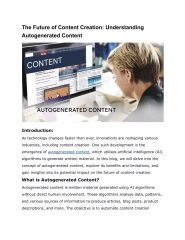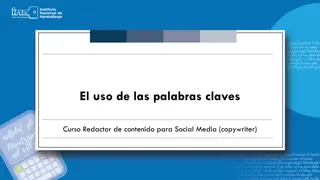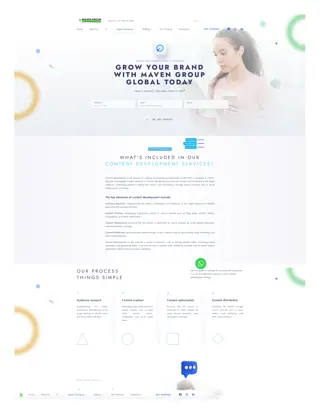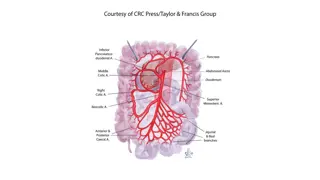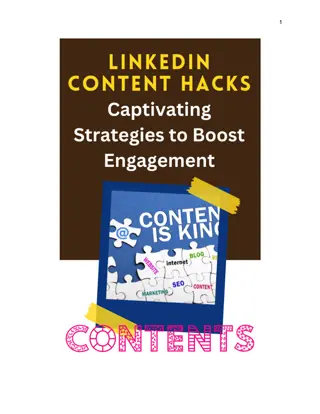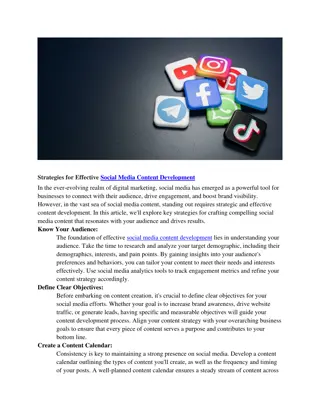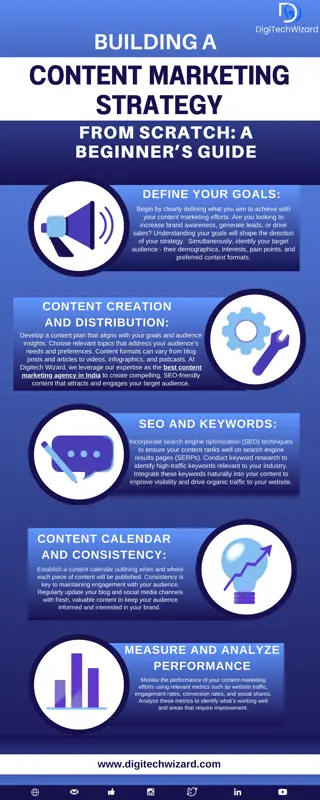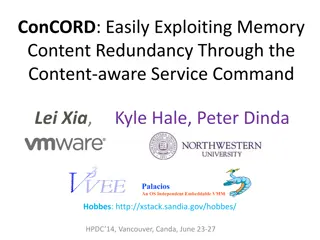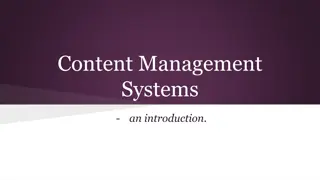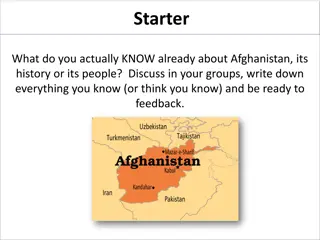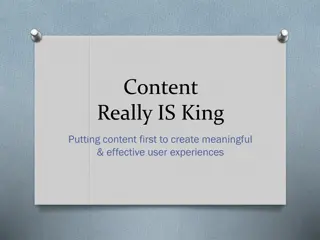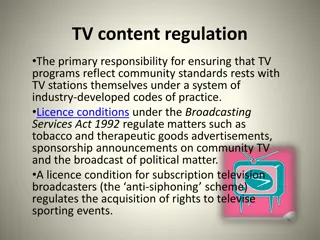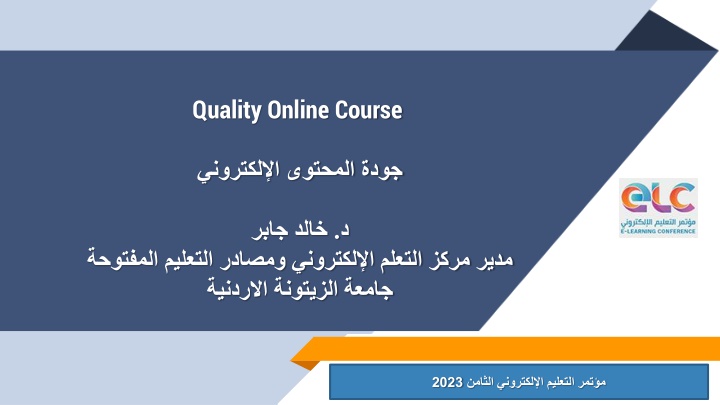
Effective Online Course Design Strategies for 2023
Explore the essential components of quality online course design for 2023, including instructional design, learning goals, course information, and instructional strategies. Learn how to create engaging and effective online courses that meet the diverse needs of learners.
Download Presentation

Please find below an Image/Link to download the presentation.
The content on the website is provided AS IS for your information and personal use only. It may not be sold, licensed, or shared on other websites without obtaining consent from the author. If you encounter any issues during the download, it is possible that the publisher has removed the file from their server.
You are allowed to download the files provided on this website for personal or commercial use, subject to the condition that they are used lawfully. All files are the property of their respective owners.
The content on the website is provided AS IS for your information and personal use only. It may not be sold, licensed, or shared on other websites without obtaining consent from the author.
E N D
Presentation Transcript
Quality Online Course . 2023
Agenda Introduction Instructional Design Communication, Interaction, and Collaboration Student Evaluation & Assessment Learner Support and Resources Instructional Materials & Technologies Accessibility 2
Introduction . . " . . " . . . 3
Instructional Design Instructional Design refers to the analysis of learning needs and the systemic approach of developing an online course in a manner that facilitates the transfer of knowledge and skills to the learner through the use of a variety of instructional methods, which relate to multiple learning styles, strategies, and preferences. Characteristic 1. Sequence Annotation Content is sequenced in a manner that enables learners to achieve the stated objectives. Each module is internally organized in a manner that is intuitive and consistent. 2. Chunking Information is chunked or grouped to help students learn the content and achieve the stated objectives. 3. Purpose 4. Organization Purpose of learning activities is clearly presented. Syllabus location is evident. It is clear where students should go to begin the course. The course organization allows most students to tell where to go to find the information that they need. 4
Learning Goals, Objectives, and Outcomes Characteristic Annotation 1. Course Goals & Objectives Course Goals and Objectives/Outcomes are present and explicitly stated to the learner. 2. Module Objectives Module Objectives / Outcomes are clearly presented to the learner and are aligned with the larger course objectives. 5
Course Information Characteristic 1. Description 2. Instructor Information Annotation A course description is provided. Instructor information is available to student with contact, biographical, and availability information, and picture. Students are provided with a list of supplies such as textbooks and other instructional materials needed for the course. Course provides information regarding number of Credit Hours earned for successful completion. A clear, concise list of modules and activities that will be completed within each of the course modules/chapters/topics is provided. Grading and late submission policy is provided, including grading scale and weights. Calendar of due dates and other events is provided. 3. Instructional Materials 4. Credit Hours 5. Content 6. Grading Policy 7. Calendar 8. Technical Requirements A list of technical requirements such as connection speed, hardware, and software is provided. 6
Instructional Strategies Characteristic Annotation 1. Multimodal Instruction A variety of instructional delivery methods, accommodating multiple learning styles, are available throughout the course. 2. Knowledge Demonstration A variety of ways for learners to demonstrate knowledge is provided. 3. Ice Breaker At the beginning of the course, students and the instructor are provided with an opportunity to introduce themselves to each other as a way of encouraging synergy within the course. 4. Presentation The selected tool for each activity is appropriate for effective delivery of the content. 7
Communication, Interaction, and Collaboration Characteristic Annotation 1. Student to Student Learning activities and other opportunities are developed to foster Student-Student communication and/or collaboration. 2. Student to Instructor Learning activities and other opportunities are developed to foster Student-Instructor communication and/or collaboration. 3. Student to Content Learning activities and other opportunities are developed to foster Student-Content interaction. 8
Student Evaluation and Assessment Characteristic 1. Aligned 2. Communicated Annotation Assessment and evaluation are aligned with learning objectives. Assessment and evaluation goals are clearly communicated. Characteristic 1. Method Annotation Assessments and evaluations use multiple methods, such as quizzes, tests, discussion, essay, projects, and surveys. Assessments and evaluations are conducted on an ongoing basis throughout the course. Assessment and evaluation tools are appropriate for measuring stated outcomes. A tool/reporting mechanism is provided to help determine student s readiness for course. Assessments and evaluations are designed and administered to uphold academic integrity. 2. Frequency 3. Tools 4. Readiness 5. Academic Integrity 9
FeedBack Characteristic 1. When Annotation A statement explaining when students should receive feedback is provided. A statement explaining what type of feedback students will receive is provided. A statement explaining how feedback will be given is provided. 2. What 3. How 10
Management Characteristic 1. Time Annotation A statement of the time allocated for each assessment is provided. A deadline for each activity is provided. A date/time when each assessment will be available is provided. A statement indicating whether or not the assessment can be retaken is provided. A description of the assessment delivery method is provided. 2. Deadline 3. Availability 4. Retake 5. Delivery Method 6. Submit Instructions for completion and submission are provided. 11
Structure and Design Characteristic 1. Scrolling Annotation Scrolling is minimized or facilitated with anchors to improve usability for desktop and mobile devices. Consistent layout design and color scheme orients users throughout the site. Font type, size, and color are readable and consistent throughout the site. 2. Consistency 3. Fonts 12
Use of Multimedia Characteristic 1. Technical Requirements Annotation Audio/Video hardware requirements do not extend beyond the basic sound cards, speakers, and video players unless appropriately needed to meet course goals and objectives. Audio files meet minimum standards in the following areas: Audio quality is clear. Audio file length is adequate to meet the goals of the activity without adding unnecessary information. Audio player required is compatible with multiple operating systems and requires only a standard, free plug-in. Video files meet minimum standards in the following areas: Video quality is clear. Video file length is adequate to meet the goals of the activity without adding unnecessary information. Video player required is compatible with multiple operating systems and requires only a standard, free plug-in. 2. Audio Standards 3. Video Standards 13
Use of Images Characteristic 1. Image Quality 2. Image File Size 3. Animation of Images Annotation Images are clear. Image files are optimized for efficient loading. Use of animated GIFs is limited to only those that contribute to the learning experience or support the course content. 14
Accessibility Accessibility refers to the idea that our materials need to be accessible for everyone, and that course materials may require further modifications to make them so for people with physical, cognitive, or learning disabilities. 15
References Standards from the QM. Quality Online Course , University of Illinois Springfield. 16

